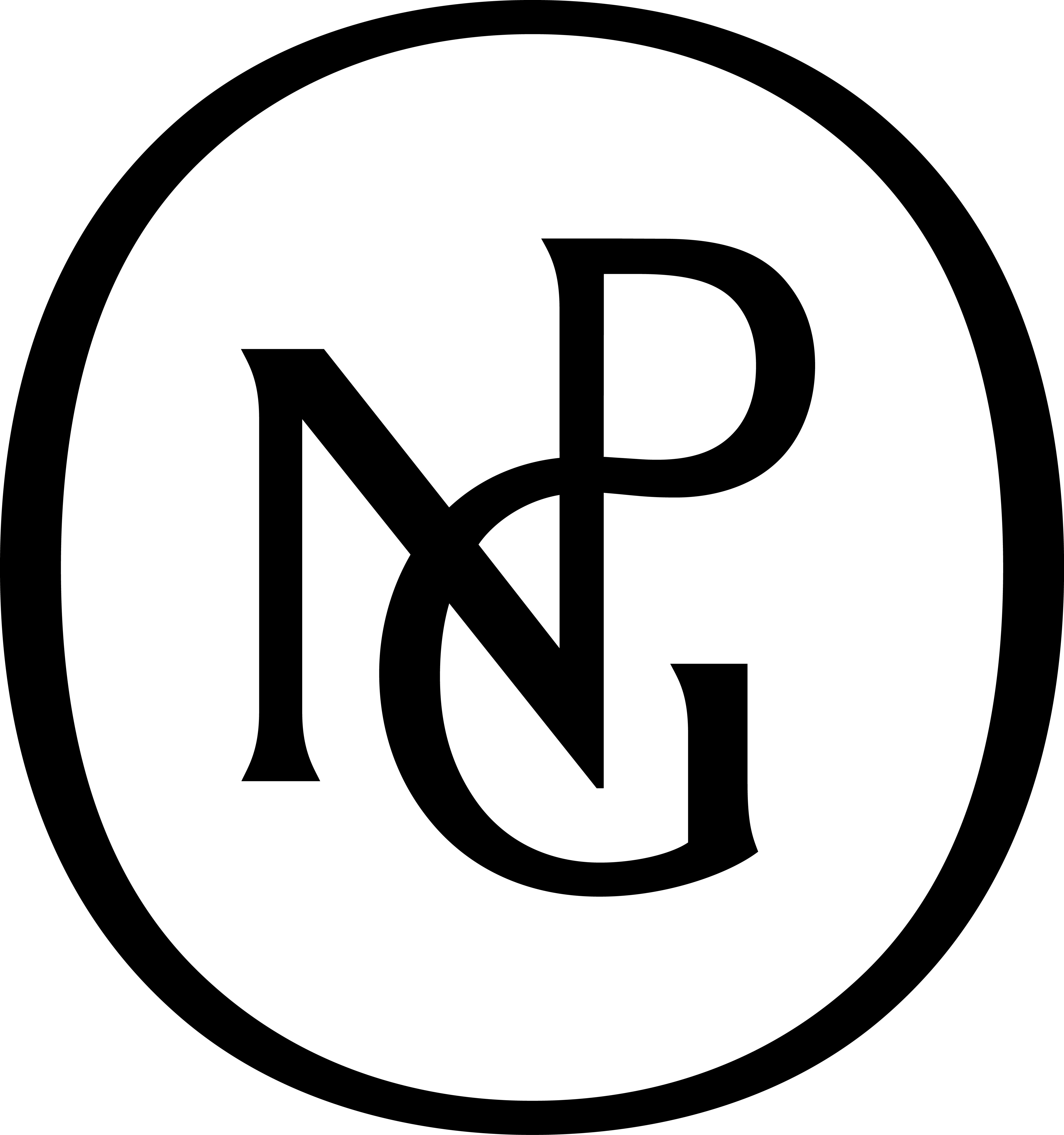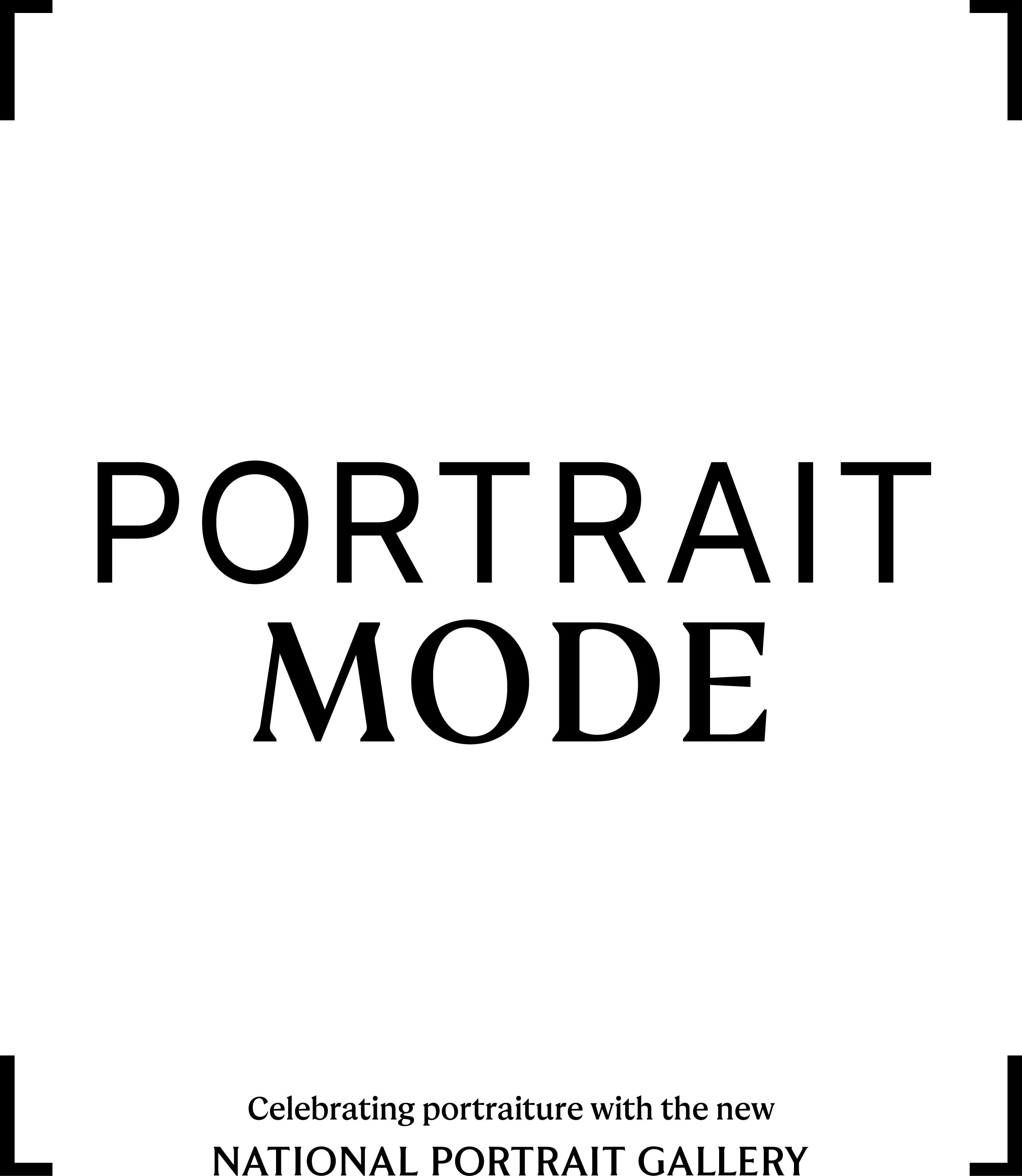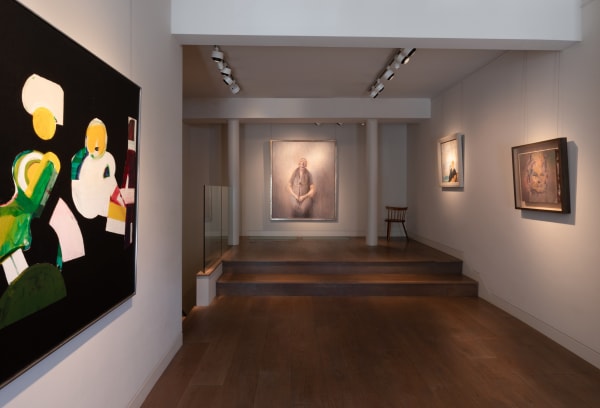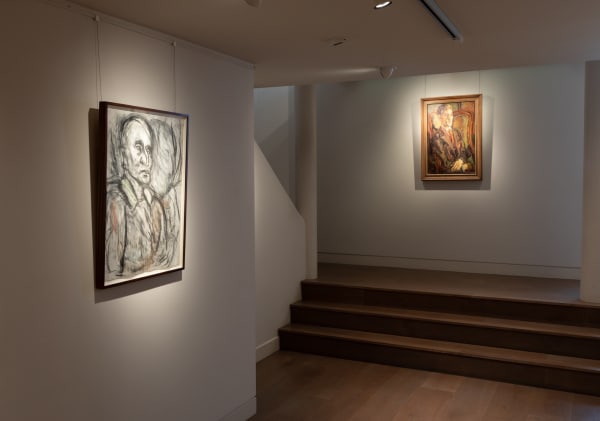A Celebration of Portraiture: Twentieth-Century Britain
Naturally their faces had a different look on them. But they were, one remembered, firm faces, faces with something indomitable in their expression. [Virginia Woolf]
PIANO NOBILE was delighted to participate in a nationwide celebration of portraiture, instigated by the National Portrait Gallery to mark their reopening after a significant redevelopment. The accurate depiction of human likeness began with rhetorically truthful images of beauty and power in fourth-century B.C. Greece. Since then artists have gained an upper hand in the tradition of portraiture, making images that disquietingly externalise the sitter's identity and expose differences between how they are seen and how they see themselves. The portraits included were made by renowned twentieth-century British artists, and each one invites you into the aura of a specific personality. No two faces are alike, no two personalities the same.
In the street or on the bus, faces are often glimpsed but rarely scrutinised. In art, however, likeness rises above the superficial fact of appearance and comes to be moulded by the methods and attitudes peculiar to the artist who makes it. As Walter Sickert observed in 1910, in portraiture only a 'little touch of sufficient resemblance is needed'; the rest is left to the maker. Likewise, Kenneth Clark once praised Lady Ottoline Morrell for hanging at home Augustus John's portraits of her: unforgiving and unattractive, they were nevertheless outstanding works of art.
Covering a range of media and approaches, from the intimate abstraction found in Howard Hodgkin's early portraits to the searching self-portraits of contemporary artists including Celia Paul, A Celebration of Portraiture: Twentieth-Century Britain offers a varied celebration of portraiture. Highlights included a newly rediscovered portrait drawing of the novelist E. M. Forster by William Rothenstein and an epic, lacerating self-portrait by F. N. Souza, which is on loan from the Ruth Borchard Collection. Other portraits illustrate friendship, as with David Landau's portrait by Frank Auerbach and Peter Morris's by Duncan Grant. A little-known painting by R.B. Kitaj, depicting a Jewish Catholic priest called Monsignor Ungar, will also be on display.
Click here to access the Viewing Room.


-
 Lucian Freud, Susanna, 1980, c.
Lucian Freud, Susanna, 1980, c. -
 Celia Paul, Self Portrait, May 2010, 2010
Celia Paul, Self Portrait, May 2010, 2010 -
 Duncan Grant, Portrait of Peter Morris Seated in a Wing Chair, 1928, c.
Duncan Grant, Portrait of Peter Morris Seated in a Wing Chair, 1928, c. -
 Ithell Colquhoun, Self-Portrait, 1929
Ithell Colquhoun, Self-Portrait, 1929 -
 Jean Cooke, The Sun Hat, 1960, c.
Jean Cooke, The Sun Hat, 1960, c. -
 R. B. Kitaj, Monsignor Ungar, 1958
R. B. Kitaj, Monsignor Ungar, 1958 -
 Frank Auerbach, Head of David Landau, 2015
Frank Auerbach, Head of David Landau, 2015 -
 Howard Hodgkin, Hotel, 1962-63
Howard Hodgkin, Hotel, 1962-63 -
 Francis Newton Souza, Self-Portrait, 1961
Francis Newton Souza, Self-Portrait, 1961


























